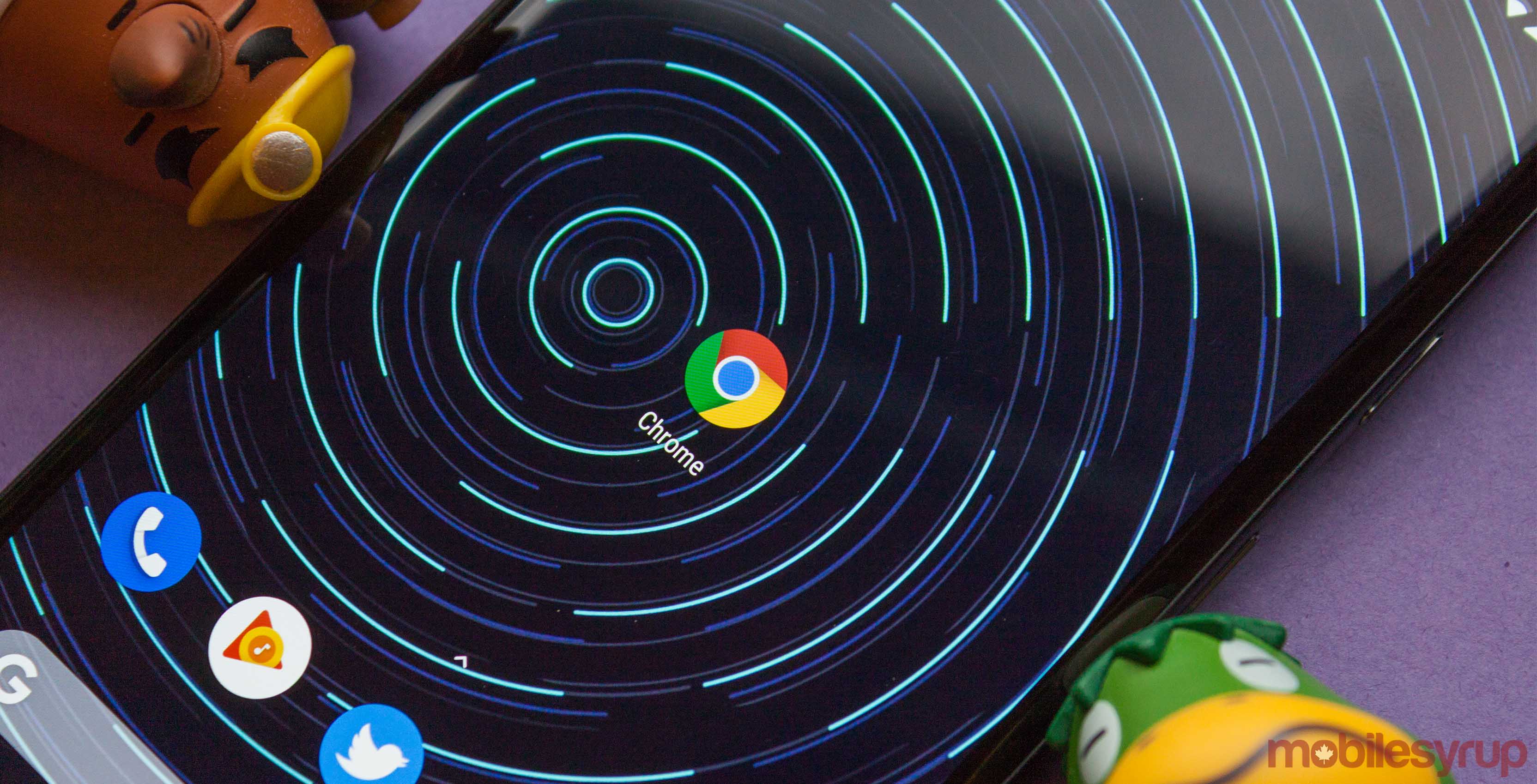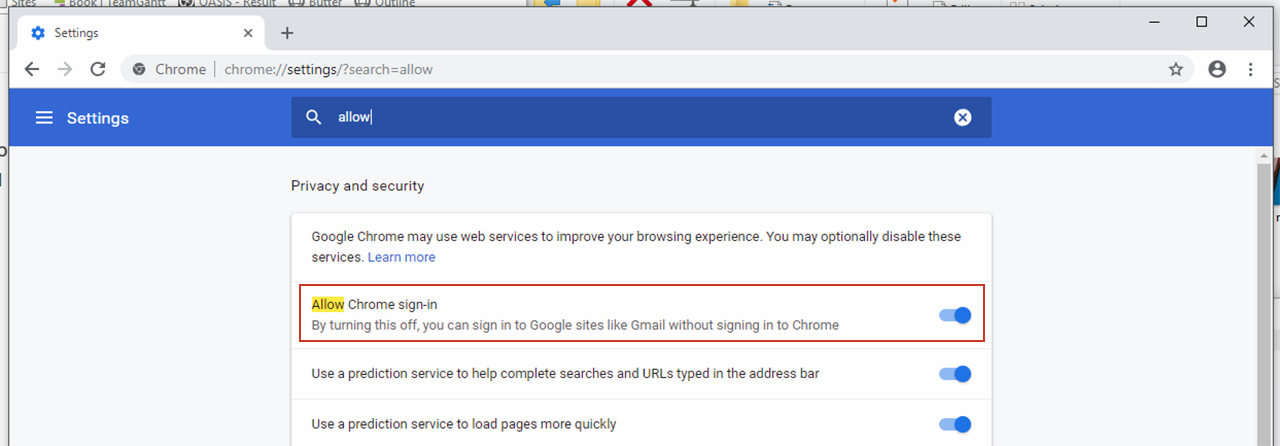
Google Chrome 70 is available now, bringing necessary fixes following controversial changes to sign-in practices in Chrome 69. Additionally, the new update brings support for Progressive Web Apps on Windows and a new video codec.
First and foremost is the fix to a controversial new setting. The previous version of Chrome changed how sign-in works. Instead of separating Google website sign-in and Chrome sign-in for syncing bookmarks, Google combined the two.
The company argued that the feature would help users by making it easier to see whether they were signed in. However, it also made it harder to determine if your Chrome browsing data was syncing to Google. While the search giant claimed users had to opt-in to sync, the reality was the complex UI made it easy to opt-in by accident.

Chrome 70 partially resolves this issue by adding a toggle to disable this sign-in behaviour. However, users have to go digging through the settings menu to find it. Additionally, the process is opt-out, meaning the browser will still sign users in when they sign into a Google website by default.
Additionally, Chrome 70 features some slight interface adjustments to clarify the difference between signing into Chrome and syncing browsing data with Google.
While the changes are welcome, it feels like it’s not enough to keep users from accidentally syncing data.
Progressive Web Apps and new video codecs
Aside from the changes to Chrome sign-in, the addition of Progressive Web Apps (PWAs) is certainly welcome.
PWAs make it easy for companies to build native Windows apps — in a sense. Instead of creating a separate desktop version of an app, a service like Twitter can create a PWA, which essentially takes the website out of the browser window and puts it in a native Windows environment.
Mobile devices popularized PWAs. Twitter is probably one of the best examples, which has essentially turned its mobile web page into a mirror of its mobile app. Users can add the web page to their home screen, which gives them an app icon to launch Twitter quickly. Additionally, users can get notifications and even use it offline — to the extent you can use Twitter offline.
Chrome 70 brings this functionality to Chrome users on Windows. Before Chrome 70, if you want to use PWAs on Windows, you had to go through Edge.
Finally, Chrome 70 brings a new video codec to the browser. The AV1 codec offers better compression, meaning online videos that support the format should use less data while maintaining high visual fidelity.
Google is also taking its next step in the fight against the insecure web. The ‘Not secure’ address bar tag on HTTP websites will now turn red, further highlighting sites that aren’t using the more secure HTTPS format.
Chrome 70 was also going to have an updated blocker for autoplaying media, but Google delayed it until Chrome 71.
Source: The Verge
MobileSyrup may earn a commission from purchases made via our links, which helps fund the journalism we provide free on our website. These links do not influence our editorial content. Support us here.


